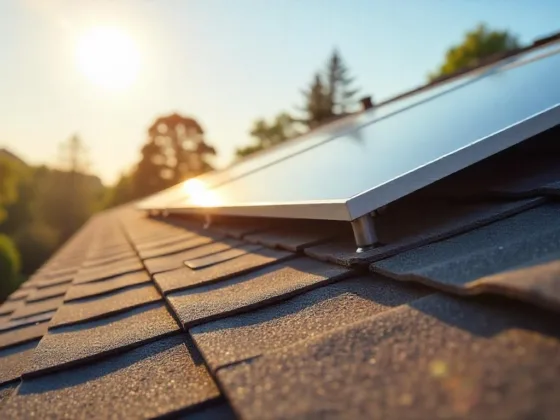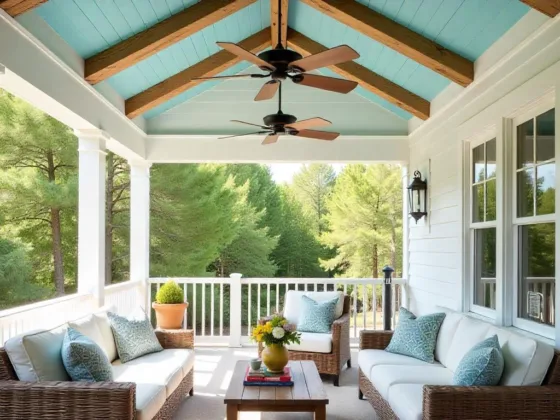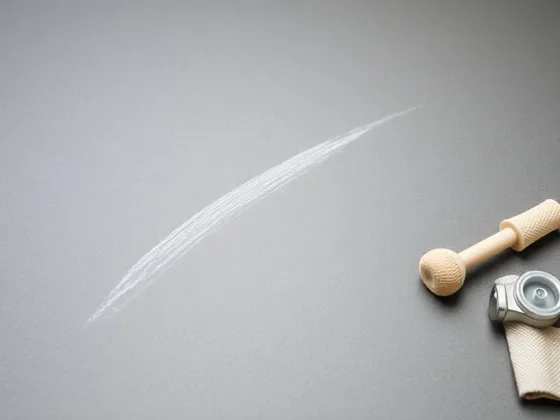Table of Contents Show
Introduction
Choosing the right finish for your wood projects is crucial for both aesthetics and durability. The finish not only enhances the natural beauty of the wood but also provides essential protection against wear and damage.
Two popular choices for wood project finishes are polycrylic and polyurethane. While polycrylic is known for its environmental friendliness and ease of use, polyurethane is celebrated for its exceptional durability and protection.
In this article, you will learn:
- The key differences between polycrylic and polyurethane
- Their respective advantages and disadvantages
- Best application practices
- How to make an informed decision based on your specific project needs
Understanding Wood Finishes
Wood finishes are protective coatings that enhance the look and durability of wood surfaces. They seal the wood, preventing damage from moisture, dirt, and wear while highlighting its natural beauty. Choosing the right finish is essential for getting the desired look and longevity of your wood projects.
Types of Wood Finishes
There are different types of wood finishes available, each with its own characteristics:
- Polycrylic: A water-based finish known for its clear appearance and low environmental impact.
- Polyurethane: Comes in both oil-based and water-based variants, offering robust protection and durability.
- Lacquer: Provides a hard, glossy finish but can be more challenging to apply due to its quick-drying nature.
- Shellac: Made from natural resin, it gives a warm, amber tone but is less durable than synthetic finishes.
- Varnish: A durable option often used for outdoor projects due to its excellent resistance to UV rays and water.
- Wax: Offers a matte finish and is easy to apply, but provides minimal protection compared to other finishes.
Understanding these options helps you choose the right protective coating tailored to your specific project needs.
Exploring Polycrylic Finish
Polycrylic finish is a popular water-based option known for its unique composition and characteristics. It consists primarily of acrylic and polyurethane resins, providing a clear, durable layer that protects wood surfaces.
Advantages of Using Polycrylic
Polycrylic’s popularity stems from its environmental friendliness and low VOC (Volatile Organic Compounds) content. This makes it an excellent choice for those looking to minimize their environmental footprint.
Benefits include:
- Eco-friendly: Water-based formulation reduces harmful emissions.
- Low odor: Unlike oil-based finishes, polycrylic has minimal smell during application.
- Quick drying time: Typically dries faster than oil-based finishes, allowing for quicker project completion.
Ideal Applications for Polycrylic
Polycrylic is ideal for:
- Indoor use: Best suited for furniture and interior woodwork.
- Light-colored woods: Maintains the natural color without yellowing over time.
Disadvantages of Polycrylic
Despite its benefits, polycrylic does have some limitations:
- Durability issues: Not as hard-wearing as oil-based polyurethane.
- Moisture resistance: Less effective in high-moisture environments.
- Outdoor use limitations: Not recommended for exterior projects due to reduced durability against weather elements.
When choosing a finish for your woodworking project, understanding these details about polycrylic can help you make an informed decision.
Exploring Polyurethane Finish
Polyurethane finish comes in two main types: oil-based and water-based.
Types of Polyurethane Finishes
- Oil-based polyurethane:
- Known for its durability and rich, amber hue that enhances the wood’s natural grain.
- Provides excellent protection against heat and chemicals.
- Water-based polyurethane:
- Dries clear, making it suitable for light-colored woods or surfaces where maintaining the original color is crucial.
- Easier to clean up with soap and water, emitting fewer odors during application.
Characteristics and Benefits
- Durability and Protection:
- Both types of polyurethane finishes create a hard, protective surface.
- Oil-based variants tend to be more durable but have longer drying times.
- Water-based options dry faster and are less prone to yellowing over time.
Advantages of Polyurethane
- Toughness: Ideal for high-traffic areas like floors and tabletops due to its robust protective qualities.
- UV Protection: Offers superior UV resistance, making it suitable for surfaces exposed to sunlight.
- Versatility: Can be applied to various wood types, providing a reliable finish across different projects.
Disadvantages of Polyurethane
- Drying Time: Oil-based polyurethane has a longer drying period, which can delay project completion.
- Odor Issues: Stronger odors from oil-based options can be unpleasant during application.
- VOC Levels: Higher volatile organic compound (VOC) emissions from oil-based polyurethane can impact indoor air quality. Water-based alternatives are generally more environmentally friendly.
Understanding these factors helps you determine whether polyurethane is the right choice for your specific wood project needs.
Key Differences Between Polycrylic and Polyurethane Finishes
Comparison Chart: Polycrylic vs. Polyurethane
| Feature | Polycrylic | Polyurethane |
|---|---|---|
| Drying Time | Quick, typically within 2 hours | Slower, oil-based: 24+ hours; water-based: 6-12 hours |
| Durability | Moderate, best for low-traffic areas | High, suitable for high-traffic and outdoor use |
| Environmental Impact | Low VOCs, more eco-friendly | Higher VOCs, especially in oil-based versions |
Specific Scenarios Where Each Finish Excels
When to Use Polycrylic
- Indoor furniture: Ideal for items like bookshelves or tables that aren’t exposed to heavy wear.
- Light-colored woods: Maintains the natural color without yellowing.
- Eco-conscious projects: Suitable for indoor applications where air quality is a concern.
When to Use Polyurethane
- High-traffic areas: Perfect for flooring and surfaces that endure frequent use.
- Outdoor furniture: Provides robust protection against UV rays and weather conditions.
- Dark woods or stained finishes: Enhances the depth of color and provides a rich finish.
Application Recommendations for Wood Finishes
Best Practices for Applying Both Finishes on Different Surfaces
1. Brush Application
For both polycrylic and polyurethane, using a high-quality synthetic brush ensures a smooth and even coat.
- Polycrylic tends to dry quickly, so work in small sections to avoid lap marks.
- Polyurethane, especially oil-based, requires a slower and more deliberate application to prevent bubbles.
2. Spray Application
Spraying can offer a more uniform finish for large surfaces.
- Polycrylic is more forgiving when sprayed due to its low viscosity. Use an HVLP (High Volume Low Pressure) sprayer for best results.
- Polyurethane can also be sprayed but requires thinning and careful technique to avoid runs and sags.
Considerations Based on Project Type
1. Indoor Projects
Polycrylic is ideal for indoor furniture, cabinetry, and trim, particularly when working with light-colored woods. Its low odor and fast drying time make it suitable for enclosed spaces.
2. Outdoor Projects
Oil-based polyurethane excels outdoors due to its superior durability and resistance to moisture and UV rays. It’s highly recommended for decks, outdoor furniture, and any woodwork exposed to the elements.
These methods ensure your finish enhances the beauty of your project while providing the necessary protection based on your specific needs.
Environmental Considerations in Choosing a Finish for Your Wood Project
Understanding the environmental impact of your wood finish is crucial. Both polycrylic and polyurethane have different effects on indoor air quality and the environment.
Polycrylic:
- Eco-Friendly Finishes: Polycrylic is water-based, making it a more eco-friendly option. It emits lower levels of Volatile Organic Compounds (VOCs), which are harmful to both health and the environment.
- Indoor Air Quality: The low VOC levels mean better indoor air quality, reducing the risk of respiratory issues during and after application.
Polyurethane:
- VOC Levels: Oil-based polyurethane has higher VOC levels compared to water-based versions, which can negatively impact indoor air quality.
- Environmental Impact: The production and disposal process of oil-based polyurethane can be less environmentally friendly due to its chemical composition.
Evaluating which option aligns better with sustainable practices involves considering these factors. For greener projects, polycrylic offers a more environmentally conscious choice, while water-based polyurethane can serve as a middle-ground solution.
Maintenance and Longevity of Wood Finishes: What You Need to Know
Expected Lifespan Before Refinishing
- Polycrylic: Typically lasts around 2-5 years before refinishing is required, depending on usage and exposure.
- Polyurethane: Known for its durability, it can last 10 years or more, especially in low-traffic areas.
Cleaning Methods
Polycrylic
- Clean with soap and water.
- Ideal for regular dusting and light cleaning.
Polyurethane
- Requires mineral spirits for thorough cleaning.
- Suitable for deeper cleaning needs and removing tougher stains.
Key Points to Remember
- Regular maintenance extends the lifespan of both finishes.
- Choose cleaning products that match the finish type to avoid damage.
- Monitor wear and tear to schedule timely refinishing.
Conclusion
Choosing the right finish for your wood project depends on several factors. Polycrylic offers advantages like low VOCs and suitability for indoor, light-colored woods. Polyurethane, especially the oil-based variety, provides superior durability and protection, making it ideal for high-traffic and outdoor areas.
Consider the specific requirements of your project, such as environmental impact and application surface. By understanding the strengths and limitations of each option, you can make an informed decision that enhances both the beauty and longevity of your woodwork.
FAQs (Frequently Asked Questions)
The main differences between polycrylic and polyurethane finishes include their composition, durability, drying time, and environmental impact. Polycrylic is a water-based finish that is eco-friendly and low in VOCs, making it suitable for indoor use, particularly on light-colored woods. In contrast, polyurethane can be either oil-based or water-based, offering greater durability and UV protection, making it ideal for high-traffic areas. However, it has longer drying times and higher VOC levels.
Polycrylic is not recommended for outdoor use due to its lower durability and moisture resistance compared to polyurethane. It is best suited for indoor applications where environmental factors like sunlight and moisture are limited.
Polyurethane offers several advantages over polycrylic, including greater toughness, better UV protection, and enhanced durability in high-traffic areas. These qualities make polyurethane a preferred choice for projects that require long-lasting protection against wear and tear.
Best practices for applying both finishes include using a quality brush or spray applicator depending on the project surface. For polycrylic, ensure the wood is clean and dry before application. For polyurethane, consider the type (oil-based or water-based) as it may affect drying times and odor. Always follow the manufacturer’s instructions regarding application methods.
When choosing a finish for your wood project, consider factors such as the project’s location (indoor vs. outdoor), the type of wood being used, desired durability, drying time, environmental impact (VOC levels), and maintenance requirements. Assessing these elements will help you select the most appropriate finish for your specific needs.
Maintenance of wood finishes involves regular cleaning to prolong their lifespan. For polycrylic finishes, use soap and water for cleaning. For polyurethane finishes, mineral spirits may be necessary. Typically, both finishes will require refinishing every few years depending on wear; however, specific timelines can vary based on usage conditions.










